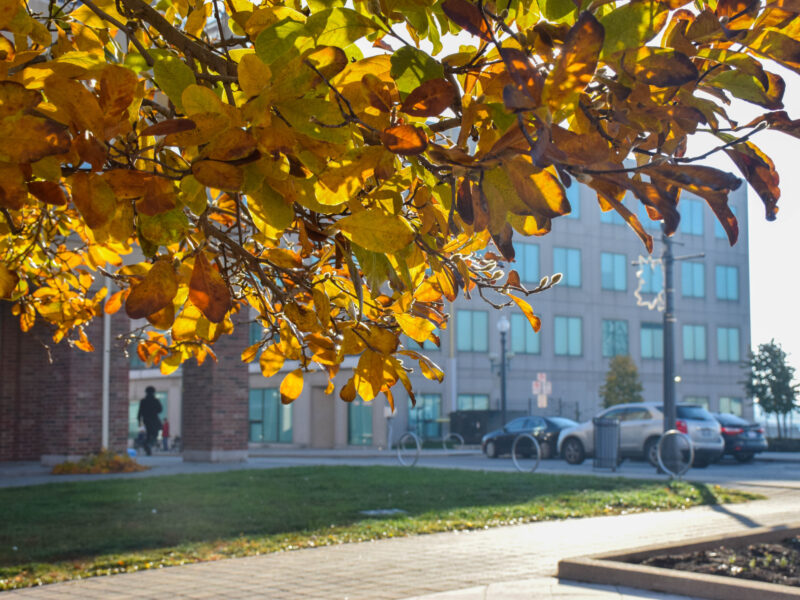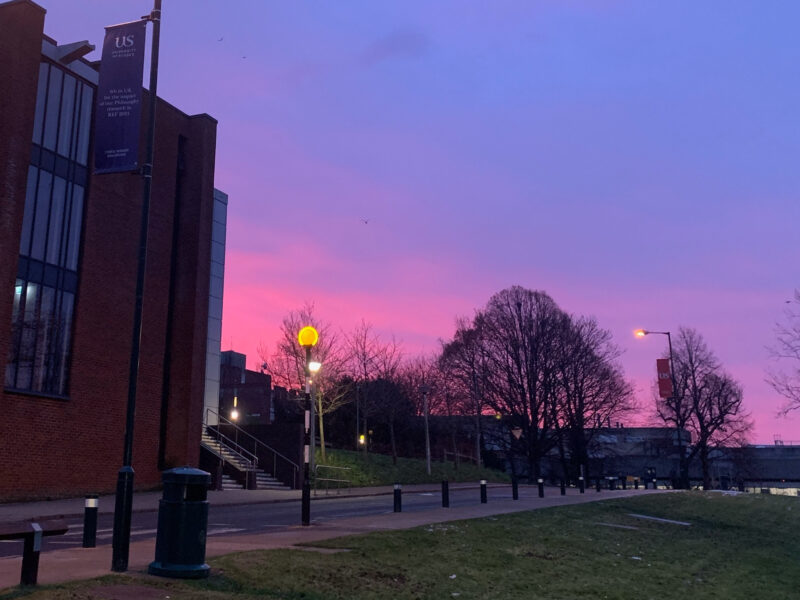Before Hurricane Irene hit the eastern shores of the United States, one tuning in to CNN may have expected the apocalypse to rain down.
Reporters in bright red or yellow rain jackets stood in cities along the shores of the Atlantic Ocean, from Ocean City, Maryland up to Manhattan.
Of course, what actually happened fell far short of the media storm that surrounded it.
The media became the focus of attention after the storm passed, with many pointing the finger at media outlets for overhyping the storm and attempting scaremongering practices. One popular photo circling the Internet is titled “The Result of Hurricane Irene,” and shows but a single white deckchair tipped over.
In reality, Irene was much more damaging than that. At last count, 43 people lost their lives as a direct result of the storm. Over $12 billion in property damage was caused, whether it is homes flooded or the destruction of West Virginia’s famous covered bridges.
Howard Kurtz of the Daily Beast said that even still, the event was a blatant representation of sensationalism, making points that a large part of the coverage was self-promotion of politicians who needed to be seen as “on top of the crisis.”
And yes, I must admit that even tuning in from the luxury of my home well out of the way of the storm’s path, I was a little scared of what the storm may cause. I, too, was also somewhat shocked with what actually transpired upon tuning in the morning after the storm passed Ocean City and New York City.
However, one must remember that this is the post-Katrina media world when dealing with natural disasters. Is there really such a thing as too much media attention when lives are at stake?
The media outlets say no, quickly pointing to the lives lost and questioning if the death toll would have risen should the coverage have been less. Media critics say yes, and acknowledge the surge in ratings that many broadcasters carrying Irene coverage received. The Weather Channel, for example, had record ratings.
It seems that only two responses exist following a major natural disaster. One is of laughter at the media in saying that it wasn’t all that bad when coverage is overblown and the storm has little impact. The other is outrage at the media in asking why they were not better prepared when little coverage is given and there is a serious impact on peoples lives.
Personally, I’ll take the retroactive chastising of the media for too much coverage, rather than risk wishing for more.



